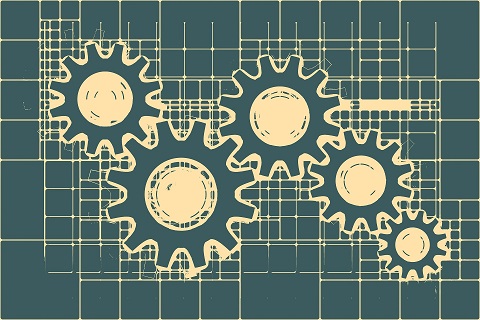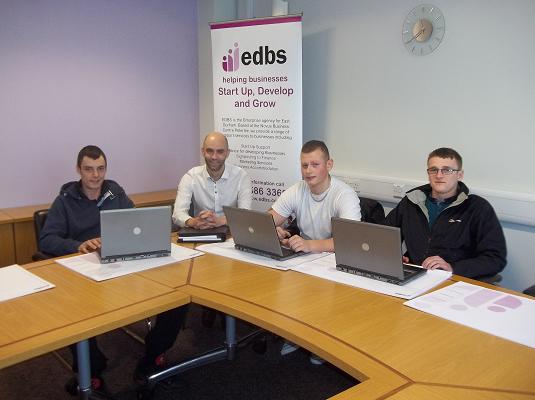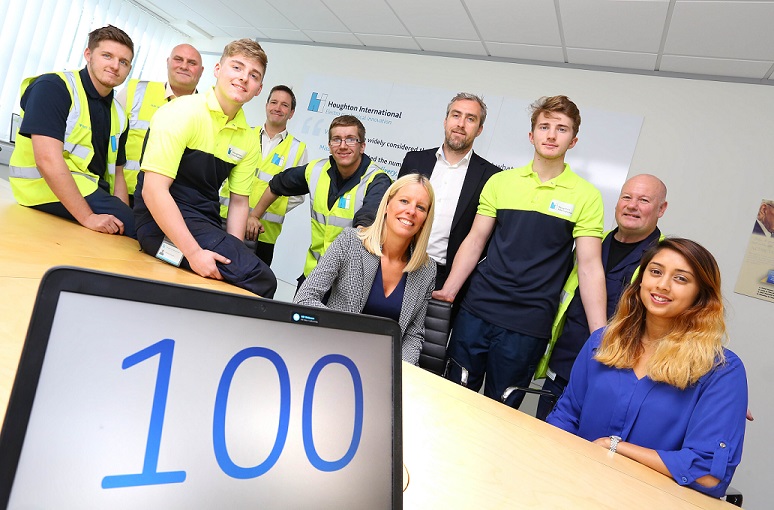
Society is developing rapidly, as technology becomes even more advanced and its capabilities more intelligent. However, as increasingly innovative solutions are released, there’s often a split reaction between the digital innovators who want to be the first to implement them and those who hold back, preferring more traditional methods.
North-east headquartered Houghton International is a global electric motor repairs and rewind specialist. In this article, the company discusses the age-old stalemate between those who want to harness new technology and those who shy away from it.
Looking back: introducing electricity as a commodity
Electricity is a key driver in the technological advancements we have experienced to date — and without its advent, none of our achievements would have been possible.
Electricity-generating stations were built in London and Manhattan in 1881 by Thomas Edison. 12 months later and electricity was available as a commodity, changing industry forever.
Steam power was the driving force in factories at the time, with almost all featuring large, cumbersome and often dangerous machinery as a result. Once electricity was made available, this could all change — but it didn’t.
Even though electricity and electric motors were available, fewer than 5% of US factories made use of them. Many preferred to rely on steam power as they were uncomfortable with the level of change brought about by the introduction of electric motors. It would trigger a change in thinking that many simply didn’t want to consider.
Shifting to electric motors would be disruptive, which deterred many factory owners from implementing them despite their many benefits. Production could take place following logic, rather than the direction of the driveshaft. Factories became safer and cleaner too, while the staff themselves began to set the pace.
Replacing steam power with electricity wasn’t a simple switch; it instead required a factory’s infrastructure to be altered. And with time, it did — as change always does. By the 1920s, manufacturing productivity had increased significantly, as factory owners increasingly implemented electric motors.
There was almost 40 year between the commototisation of electricity and the impressive manufacturing rates of the 1920s. This makes it clear that the benefits of new technology cannot instantly be realised by businesses. Rather, we can only reap the benefits when we fully understand how best to use it.
The issue today
Even though we’re almost 100 years from the 1920, we’re still facing a similar technological vs traditional battle. Take electric motors themselves for example. While they have been fully adopted into many applications, business owners are still facing decisions on whether to upgrade their model to one that promises further efficiencies.
While obviously delivering numerous benefits, Industry 4.0 is also widening this disparity. Dubbed the fourth industrial revolution, Industry 4.0 is transforming industries through automation and real-time data. One example of this is condition monitoring, the process of using technology to monitor the state of machinery to detect significant change and therefore problems.
Condition monitoring involves vibration and lubricant analysis as well as acoustic emissions, amongst other techniques, and is key for predictive maintenance. For those who have enabled Industry 4.0 already, they are already at an advantage, as they are able to anticipate when maintenance work will be required, in turn reducing the impact unplanned downtime can have. Those who are unaware of the potential of Industry 4.0 are unable to access this level of insight, putting them at an automatic disadvantage.
Making the benefits of technology a reality
Technology will continue to drive society forward. So what advice can businesses benefit from?
When considering any technological investment, you must first establish how it will be positioned in your operations, along with the benefits it will bring. Consider the amount of work that is required for implementation and whether this and the associated costs are justified by what you’ll gain. If in doubt, enlist the help of a professional to advise you on the right solution.
Technology is fully embedded across the operations of every sector. Shying away from digital advancements is no longer an option; choose to be an innovator or delay the implementation of these new developments. Either way, change is happening now — and you can’t afford to stand still.
















